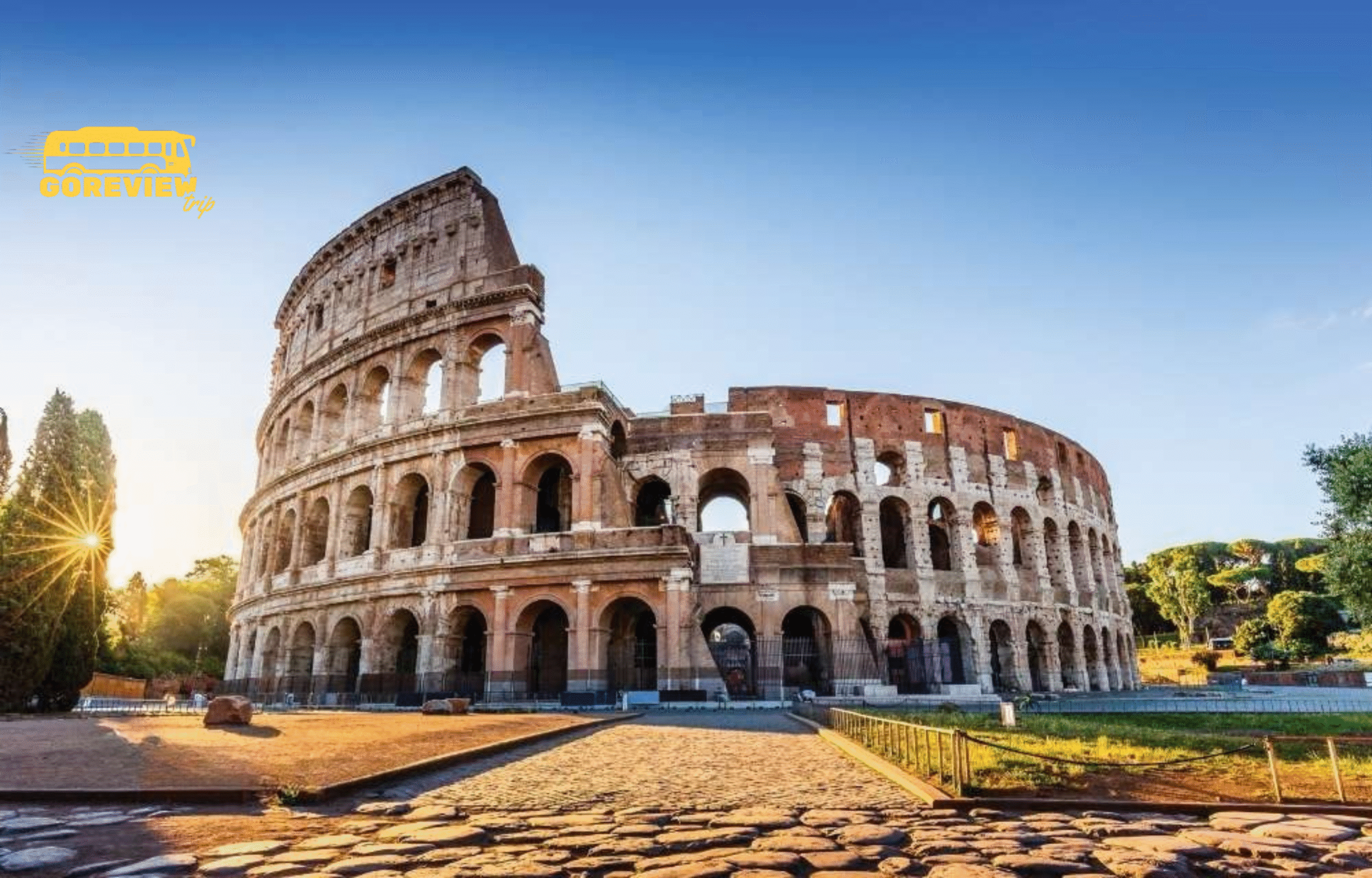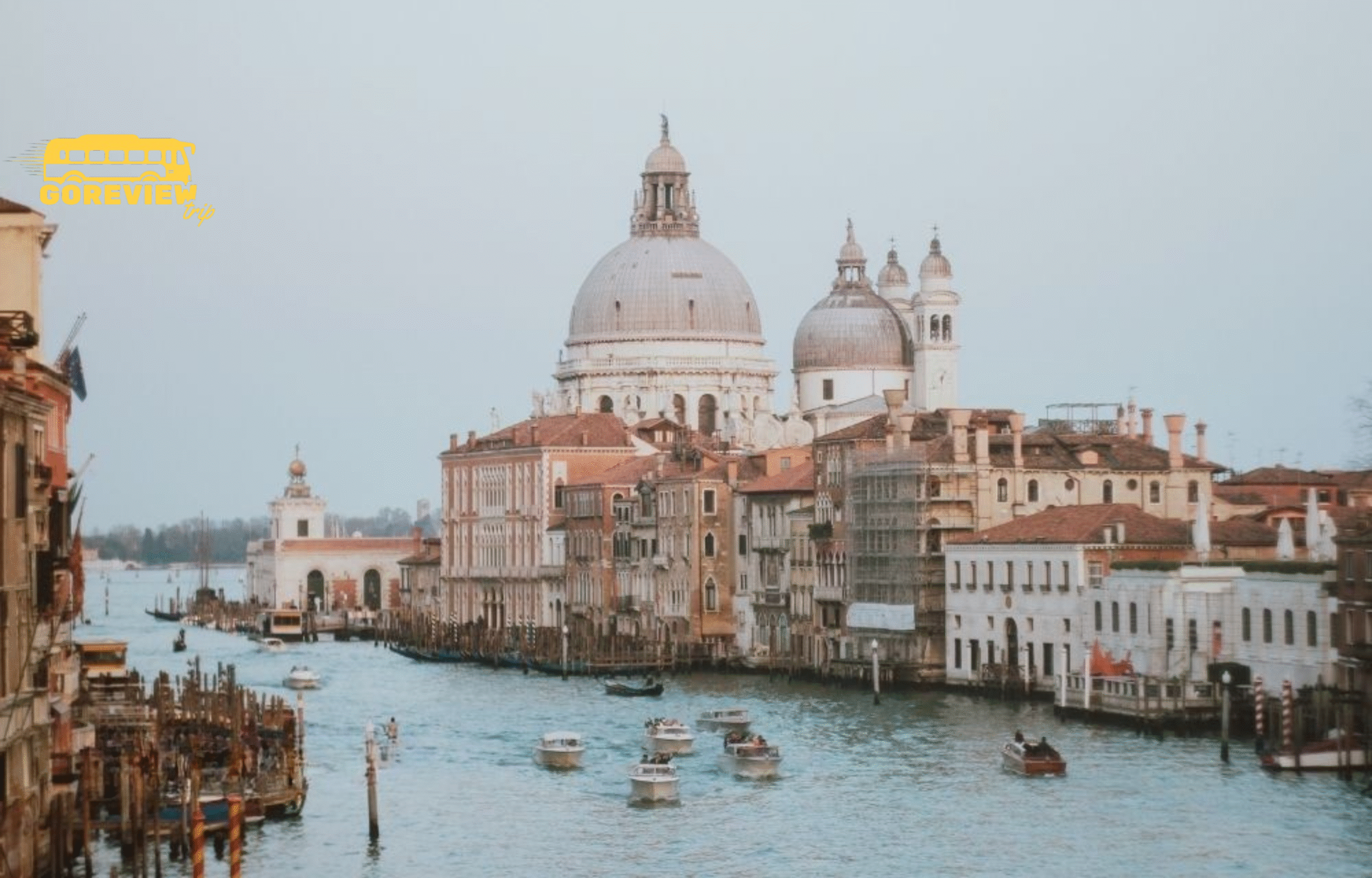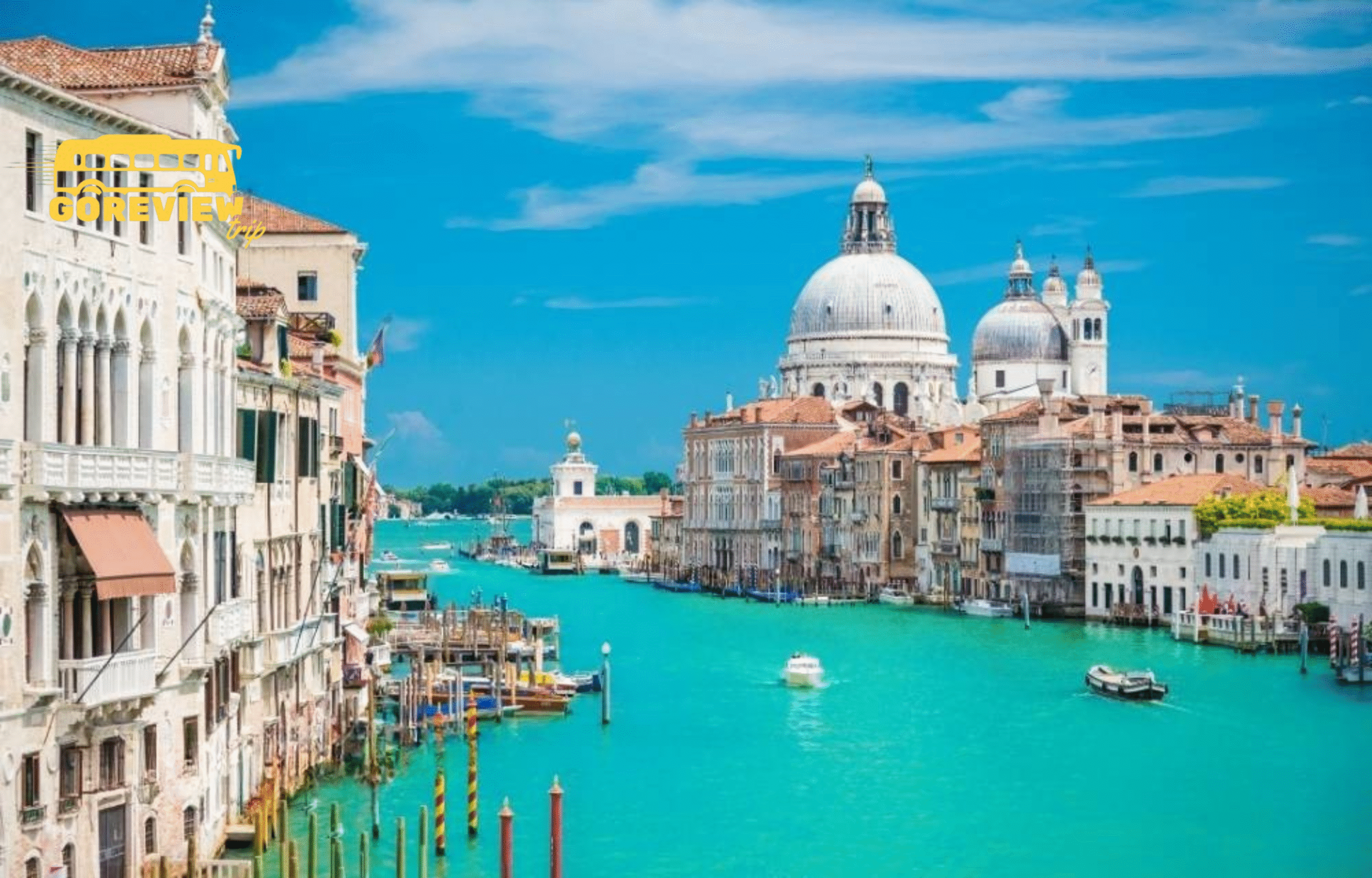There’s a unique feeling that bubbles up when you’re standing in front of an empty suitcase, isn’t there? It’s a mixture of pure, unadulterated excitement and a low-grade, buzzing panic. The dream trip is booked. Italy awaits, with its sun-drenched ruins, rolling Tuscan hills, and plates of pasta that you know will change your life. But between you and that first scoop of Roman gelato stands this one, daunting question: What on earth do I pack? I’ve been there, and I know how overwhelming it can be. This is why I wanted to create more than just a checklist; I wanted to share a story-driven guide to the essential Things to pack when traveling to Italy, built from my own experiences, my own mistakes, and the little lessons I learned on those magical cobblestone streets.
This isn’t just about clothes. It’s about packing for the culture, the climate, and the experiences you’re about to have. It’s about preparing yourself to step into the Italian way of life with comfort and confidence. So, let’s zip open that suitcase together and fill it not just with items, but with intention.
Table of Contents
Part 1: The Foundation – It Starts with a Mindset
Before we even touch a single pair of socks, we need to talk about the philosophy of packing for Italy. This isn’t like packing for a beach resort or a remote hiking trip. You’re packing for a country with a deep, unspoken cultural code, and understanding it is the first step.
Embracing La Bella Figura
One of the first things you’ll notice in Italy is that Italians put care into their appearance. It’s not about vanity; it’s a concept called “la bella figura,” which literally means “the beautiful figure.” But it’s more than that. It’s about presenting yourself with style, confidence, and respectability. It’s in the way an elderly gentleman still wears a pressed shirt to get his morning espresso, or how a woman in Milan can look effortlessly chic just walking to the market.
What does this mean for your packing list? It means leaving the sloppy gym clothes, oversized tourist t-shirts, and raggedy flip-flops at home. You don’t need to pack a ballgown or a tuxedo. You just need to choose clothes that are smart, comfortable, and well-fitting. Think “effortlessly put-together” rather than “just rolled out of bed.” This simple shift in mindset will not only help you blend in more respectfully but will also make you feel more a part of the beautiful tapestry of Italian daily life. It’s the first, and most important, of the Things to pack when traveling to Italy.
The Seasonal Equation: Packing for an Ever-Changing Climate
Italy might look small on a map, but its climate varies dramatically from the northern Alps to the sun-baked shores of Sicily. Packing for May is vastly different from packing for August or October.
- Spring (April-May) & Fall (September-October): The Golden Era. This is my favorite time to visit. The weather is generally pleasant, but the key word is layers. I learned this the hard way on my first trip to Florence in May. The afternoons were gloriously sunny, perfect for a t-shirt while admiring the Duomo. But as soon as the sun dipped behind the buildings, a chill would rush through the narrow streets. A light jacket or a sweater was suddenly non-negotiable for our evening aperitivo. Your packing should reflect this duality: be ready for both sunshine and a cool breeze.
- Summer (June-August): The Glorious Inferno. Italian summer is no joke, especially in the south and in big cities like Rome. The heat can be intense and humid. Your focus should be on lightweight, breathable fabrics like cotton, linen, and rayon. I’ll never forget a walking tour of the Roman Forum in mid-July; it felt like walking in an oven. The linen dress and wide-brimmed hat I wore that day weren’t just a fashion choice; they were survival tools. Forget heavy denim and dark colors. Think light, loose, and airy.
- Winter (November-March): The Cozy and Quiet Season. Traveling to Italy in winter is a magical, less-crowded experience. The air is crisp, and the cities are lit up for the holidays. You’ll need a proper warm coat, sweaters, scarves, gloves, and water-resistant footwear, especially in the north where it can be damp and even snowy. A warm, stylish coat is one of the most crucial Things to pack when traveling to Italy during this season, as it will be the centerpiece of every outdoor photo you take.
Part 2: The Wardrobe – A Detailed, Story-Driven Breakdown
Now let’s get to the specifics. These are the items that have earned a permanent place in my Italian travel capsule wardrobe.

Footwear: The Unquestionable MVP
If you listen to only one piece of advice in this entire guide, let it be this: your shoes will make or break your trip. Italy is a walking country. You will walk on cobblestones, uneven ancient paving, and up and down countless hills and staircases. This is not the place for brand-new shoes you haven’t broken in or flimsy, unsupportive footwear.
- Stylish, Comfortable Sneakers: This is your number one weapon. I’m not talking about bulky athletic running shoes. Think more along the lines of classic, clean-looking leather or canvas sneakers (like a pair of Vejas, Stan Smiths, or Supergas). They are comfortable enough for a 15,000-step day exploring the Vatican but stylish enough to not look out of place at a nice trattoria. A neutral color like white, black, or tan will go with every outfit.
- Supportive Sandals or Flats (for warmer months): For summer, a good pair of sandals with arch support and a secure ankle strap is a lifesaver. On my first trip, I brought thin, flat slip-on sandals. After a day of my feet sliding around on the hilly streets of Positano, I had blisters and sore ankles. I immediately bought a pair of sandals with proper straps and it was a game-changer. For the shoulder seasons, a comfortable loafer or ballet flat with a cushioned insole is a great alternative to sneakers.
- One “Nicer” Pair: Pack one pair of slightly dressier shoes for the evenings. This doesn’t have to be stilettos! A chic block heel, an elegant wedge, or a stylish pair of leather ankle boots (for cooler months) is perfect. I once stumbled upon a beautiful rooftop bar in Florence and was so glad I had a pair of wedges to change into, making the spontaneous evening feel that much more special.
Clothing: The Art of Versatile Layering
The goal here is “less is more,” achieved through versatile pieces you can mix and match.
- Bottoms:
- 2-3 Pairs of Versatile Trousers/Jeans: A pair of well-fitting, dark-wash or black jeans (with no rips!) is perfectly acceptable and versatile. Also consider a pair of comfortable, stylish trousers in a neutral color like olive, navy, or beige. For summer, wide-leg linen pants are a chic and incredibly comfortable option.
- Tops:
- 4-5 Neutral Tops: Pack a mix of high-quality t-shirts and simple blouses in colors like white, black, gray, and beige. They can be worn on their own during the day or under a jacket or sweater at night.
- 1-2 Light Sweaters or Cardigans: A cashmere or merino wool sweater is perfect. It’s lightweight but warm. Draping a sweater over your shoulders is a classic Italian look and is practical for changing temperatures.
- Dresses/Skirts:
- 1-2 Dresses or Skirts: A simple midi dress is one of the easiest Things to pack when traveling to Italy. It’s a complete outfit in one piece. You can wear it with sneakers and a denim jacket for a day of exploring, or with nice sandals and jewelry for dinner.
Outerwear: Your Shield Against the Elements
- A Classic Trench Coat or Light Jacket (Spring/Fall): A trench coat is timeless, practical for rain, and instantly makes any outfit look more put-together. A stylish leather or denim jacket also works wonders.
- A Warm, Stylish Coat (Winter): A wool-blend coat in a camel, grey, or black color is your best friend for a winter trip.
The Secret Weapon: A Lightweight Scarf
This is one of the most important and versatile items on this list. I learned this when my friend and I tried to enter St. Peter’s Basilica in Rome on a hot day, both wearing tank tops. We were politely told our shoulders needed to be covered. We were about to leave, disappointed, when a vendor outside sold us two cheap scarves. We wrapped them around our shoulders and were granted entry. That scarf saved our afternoon! A beautiful, lightweight scarf can be used to cover your shoulders for church entry, add a pop of color to a neutral outfit, or provide a bit of warmth on a chilly evening. It takes up no space and does triple duty.
Part 3: The Essentials – Beyond the Clothes
A well-packed bag is about more than just your wardrobe. These are the practical items you cannot forget.
Documents & Money
- Passport & Visas: Obvious, but double-check your passport’s expiration date!
- Photocopies & Digital Backups: Take photos of your passport, driver’s license, and credit cards and save them to a secure cloud service (like Google Drive or Dropbox). Also, keep a physical photocopy separate from the originals.
- Cash (Euros) and Cards: Don’t rely on just one. While credit cards are widely accepted, especially in cities, you’ll need cash for small purchases at local markets, for a single espresso at a bar, or for city taxes at your hotel. Inform your bank of your travel dates to avoid your cards being frozen.
Technology & Power
- A Power Bank (Portable Charger): This is non-negotiable. You will be using your phone for maps, photos, translations, and looking up restaurant reviews. It will drain your battery faster than you think. There is no worse feeling than your phone dying just as you’re about to capture the perfect sunset over the Ponte Vecchio. A fully charged power bank is your lifeline.
- Type L and/or Type F Power Adapter: Italy primarily uses the Type L plug (three round prongs in a row), but you’ll sometimes find the Type F (two round prongs) used in older buildings or multi-country adapters. It’s best to have a universal adapter that covers both.
- Your Phone & Camera: Loaded with all the necessary travel apps.
Health & Comfort
- Personal Medications: Keep them in their original prescription bottles in your carry-on bag, along with a copy of your prescription.
- A Small First-Aid Kit: Band-Aids for blisters (you’ll thank me later!), pain relievers (like ibuprofen), and any allergy or indigestion medicine. Pharmacies (farmacia) in Italy are excellent, but it’s handy to have the basics for immediate needs.
- A Reusable Water Bottle: This is one of my favorite tips for Rome. The city is filled with public drinking fountains called nasoni that provide clean, fresh, cold water for free. Having a reusable bottle saves money and is environmentally friendly.
- Sunscreen, Sunglasses, and a Hat: The Italian sun is strong, even in the shoulder seasons. Protect your skin and eyes.
Part 4: What NOT to Pack – The Art of Leaving Things Behind
Just as important as knowing the Things to pack when traveling to Italy is knowing what to leave at home. Overpacking is the number one enemy of a happy traveler.
- Too Many Shoes: They are the heaviest and bulkiest items. Stick to a maximum of three versatile pairs.
- Expensive or Flashy Jewelry: It can make you a target for pickpockets. It’s better to opt for simple, understated pieces.
- An Entire Library of Physical Books: They are heavy. A Kindle or e-reader is your best friend for long train rides.
- Your Hair Dryer: Almost every hotel and Airbnb will have one. If you absolutely must bring styling tools, make sure they are dual-voltage.
- Uncomfortable “High-Fashion” Items: Those stunning stilettos or that restrictive dress? If you can’t walk a mile or sit down comfortably for a three-hour dinner in it, leave it at home. Comfort is the true luxury when you travel.
- Full-Sized Toiletries: Decant your favorite products into travel-sized (under 100ml/3.4oz) reusable bottles. You can always buy more shampoo or soap at any Italian supermarket (supermercato).
Your Final Checklist Before You Zip Up
So there it is. Your suitcase is no longer an empty, intimidating box. It’s a thoughtfully curated collection of items that will prepare you for an incredible adventure. It’s a wardrobe that respects la bella figura. It contains shoes that will happily carry you across ancient stones and gadgets that will keep you connected and charged.
Packing correctly is your first step towards immersing yourself fully in the Italian experience. It frees you from worrying about being uncomfortable, unprepared, or inappropriate. It allows you to focus on the things that truly matter: the taste of the wine, the beauty of the art, the warmth of the people, and the rhythm of a life lived beautifully.
The most important of all the Things to pack when traveling to Italy, however, can’t be folded or rolled. It’s a sense of wonder, an open heart, and a willingness to get a little bit lost.





